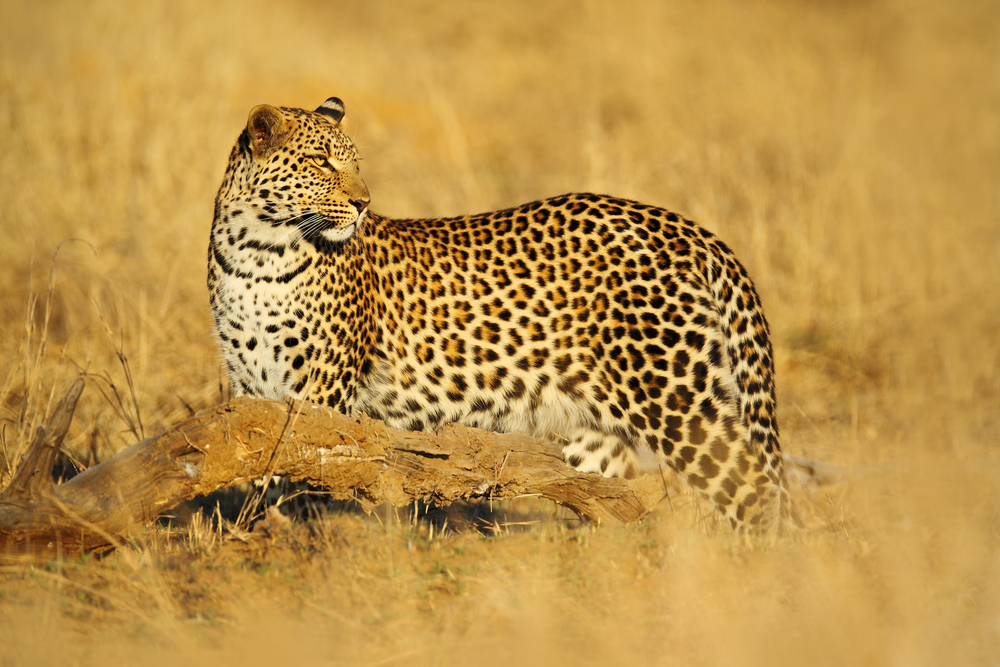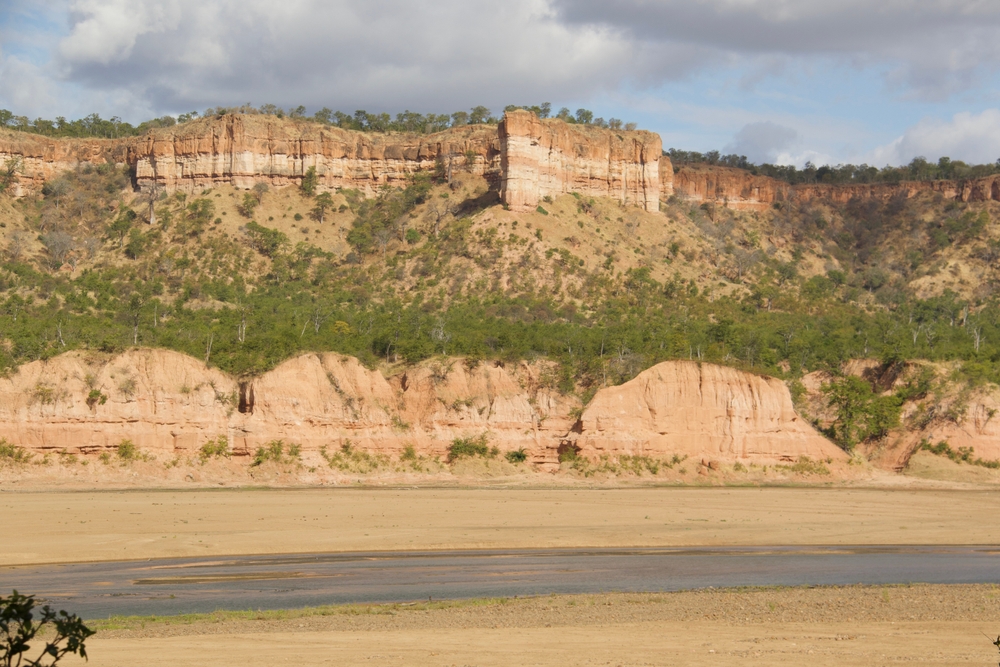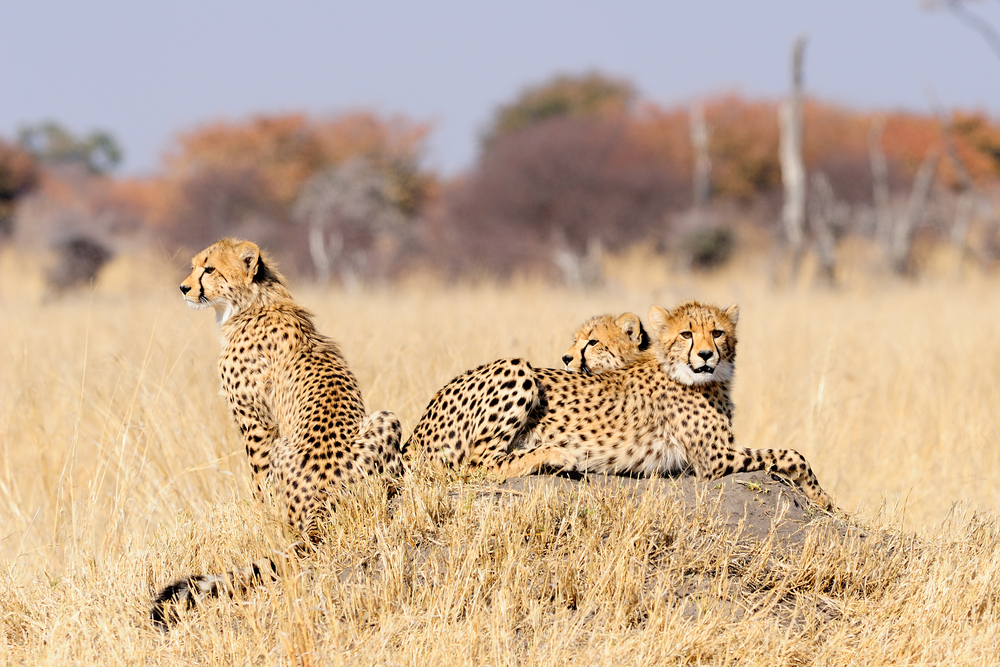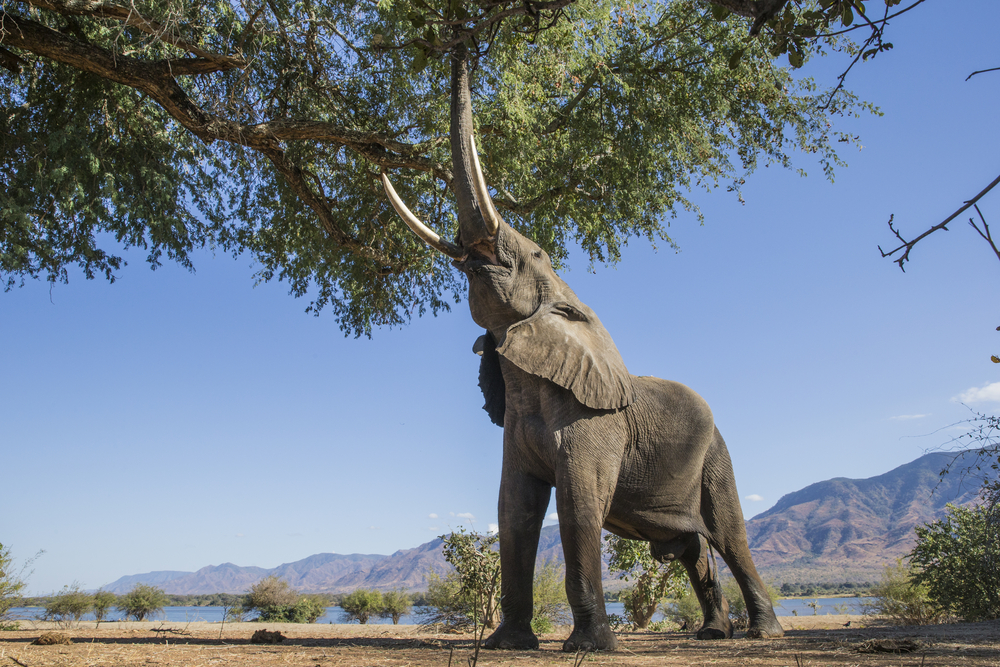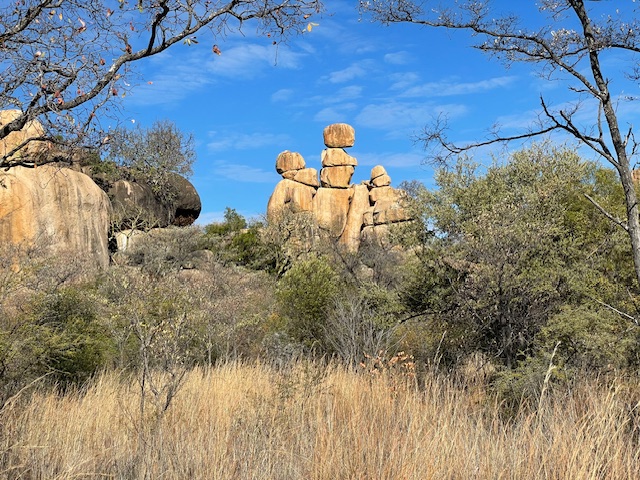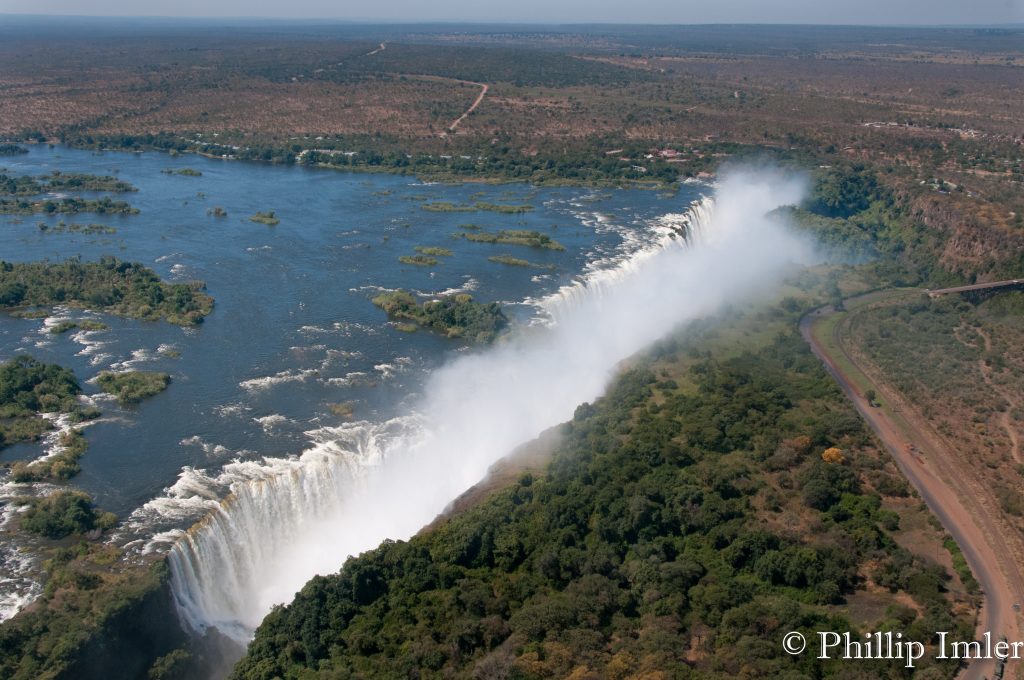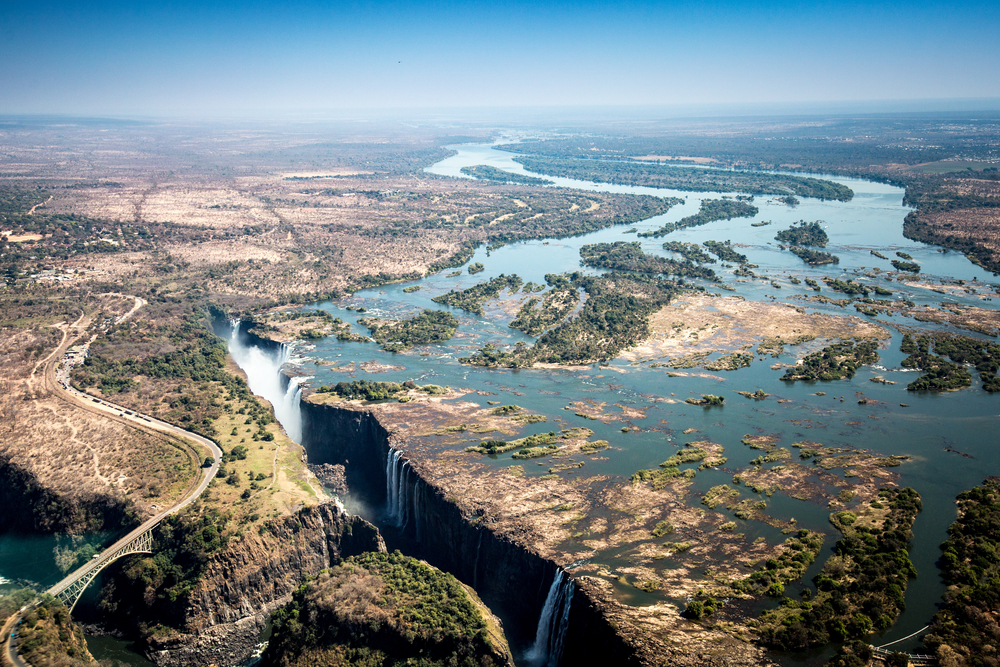Chizarira Overview
Chizarira National Park, known locally as “Paki yeChizarira,” is a remote and rugged wilderness in northwestern Zimbabwe, renowned for its dramatic landscapes and rich biodiversity. Covering approximately 1,910 square kilometers (737 square miles), the park is perched on the edge of the Zambezi Escarpment, offering breathtaking views of the Zambezi Valley below. Its name, derived from the local Tonga language, means “great barrier,” a fitting description of the park’s steep gorges, towering cliffs, and dense vegetation.
The park’s terrain is characterized by rolling hills, deep ravines, and striking escarpments, providing a haven for wildlife and a paradise for adventurers. The escarpment, rising up to 1,500 meters (4,921 feet) above sea level, is the park’s most prominent feature, with trails leading to scenic viewpoints overlooking vast stretches of untouched wilderness. While Chizarira lacks large rivers, its seasonal streams and waterfalls, such as Tundazi Falls, create tranquil spots amid the rugged terrain.
Chizarira is celebrated for its diverse ecosystems, ranging from miombo woodlands and savannahs to riverine forests and thickets. This diversity supports an array of wildlife, including elephants, buffalo, lions, and leopards. The elusive black rhino was once a resident but is now locally extinct due to poaching, though efforts are underway to restore their population. Birdlife is abundant, with over 370 recorded species, including the endangered African pitta, black eagle, and Livingstone’s flycatcher, making the park a birdwatcher’s dream.
The park’s remote location has preserved its pristine beauty but also posed challenges for conservation. Chizarira has historically suffered from poaching and underfunding, threatening its wildlife and habitats. However, significant strides have been made in recent years. The establishment of public-private partnerships has revitalized conservation efforts, focusing on anti-poaching measures, habitat restoration, and community engagement. Local communities are involved in initiatives promoting sustainable tourism and resource management, ensuring the park’s preservation for future generations.
Visitors to Chizarira National Park can explore its rugged beauty through guided game drives, walking safaris, and birdwatching excursions. The park’s trails, though challenging, reward hikers with breathtaking views, intimate wildlife encounters, and the serenity of one of Zimbabwe’s least-visited parks. Camping facilities and basic lodges cater to adventurers seeking an off-the-beaten-path experience.
Chizarira’s charm lies in its untamed nature and tranquility, offering an escape into a raw and unspoiled African wilderness. Its combination of dramatic landscapes, abundant wildlife, and conservation success stories makes it a hidden gem for eco-tourists and nature enthusiasts.








































































